|
Mount Olivet Cemetery has true connections to "America's Pastime," baseball. Of course, the historic burial ground is the final resting place of Francis Scott Key—the guy who gave us “The Star-Spangled Banner.” This song is typically sung, or played, before baseball games of all levels, ranging from professional to little league. Along those same lines, the 160+year cemetery is located just next door to Nymeo Field at Harry Grove Stadium, home of the minor league Frederick Keys—so named for our fore-mentioned interred resident and patriotic hero of the War of 1812. Since the opening of Harry Grove Stadium in 1990, I’ve always thought that the national anthem being sung here is extra special, solely due to the fact that it is within earshot of the author. What other sporting venue can make this boast? 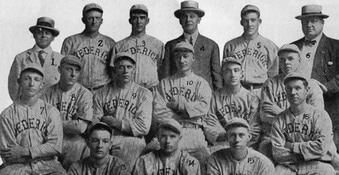 1915 Frederick Hustlers, the area's first professional baseball team 1915 Frederick Hustlers, the area's first professional baseball team Baseball is an incredible game, and one with deep roots here in Frederick going back to the 19th century. The town had a semi-professional ball team in the Sunset League dating to 1907. This league lasted until 1911. Three years later, another semi-pro collective would be formed, including teams from Frederick, Hagerstown and Martinsburg (WV). This was known as the aptly named Tri-City League. Plans would soon be underway to form a professional baseball league featuring these three teams, and three additional clubs (Chambersburg (PA), Gettysburg (PA) and Hanover (PA)) needed to gain official recognition by the National Association of Professional Baseball Leagues. Thus, in 1915, the Blue Ridge League was born. I could write more on the subject but will leave that to two experts I know: Mark Ziegler (www.blueridgeleague.com); and Robert P. Savitt, whose book is entitled The Blue Ridge League (Arcadia Publishing 2011). I will, however, take time to introduce readers to another one of the many ties between Mount Olivet and professional baseball. 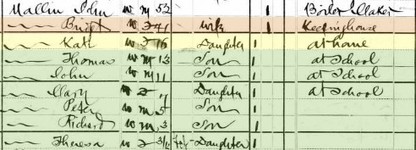 1880 US Census showing John Nallin family in Scranton, PA 1880 US Census showing John Nallin family in Scranton, PA Although a player in his younger days, one gentleman interred in Mount Olivet claimed fame by calling balls and strikes behind the plate. In today’s Frederick, his last name is better known as an entryway and historic farm, than for his years spent on baseball diamonds and many personal acquaintances with “hall of fame” legends. February 26th, 1878 marks the birth date of Richard Francis Nallin, better known by his nickname “Dick.” He was one of seven children born to Irish immigrants John J. Nallin and wife Bridget McHale. Dick’s parents had immigrated to America in 1852, and soon after settled in Scranton, PA at the time of its incorporation in 1856. John J. Nallin served as the town’s first marshal, and worked most of his life as a boilermaker. Dick grew up in a house on Scranton’s Pittston Avenue, but increasingly seemed to be spending more time at the sandlots of town as years went by. He was an athletic standout in both football and baseball. Nallin first attended St. Michael’s College in Toronto, Canada and played first base for the college team. This would be short-lived as he transferred to his home state’s Villanova College where he played both football and baseball. The youngster especially made a name for himself in football, where he would play right halfback for the gridiron team. 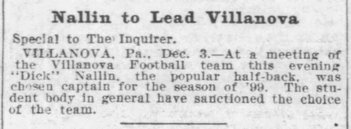 Philadelphia Inquirer (Dec. 4, 1898) Philadelphia Inquirer (Dec. 4, 1898) Nallin quickly became a favorite of his teammates, as well as fans and classmates. This led to being named “team captain” for his junior season (1899). Unfortunately, Dick suffered a major injury in mid- October of that year in a game against Hill School in Pottstown (PA). The injury opened another door for the young man from Scranton. He would serve as a game referee the next week. The Villanova squad suffered another blow the following week with the sudden departure of their team manager to the University of Pennsylvania (Philadelphia). Now Dick Nallin found himself serving as coach of the football team, a role that lasted for the remainder of the season. Dick left college in 1900, having been offered a professional baseball contract. He would pitch and play first base for Harrisburg (PA) of the Tri-State League. This would commence a ten-year career in the minors which brought him to a variety of places: Southside Philadelphia, Norristown (PA), Minooka/Scranton (PA), Akron (OH), Youngstown (OH), Reading (PA), York (PA), and Frederick (MD). Dick played for Frederick in 1909. He performed admirably as first baseman plus served as team captain. In 1910, Nallin found himself on a highly competitive Frederick Y.M.C.A. independent team. This unit, managed by Col. E. Austin Baughman, opened its season on April 4, 1910 with an exhibition game against the Baltimore Orioles of the Eastern League. Col. Baughman’s team shut out the Orioles 2-0 at Frederick’s Athletic Field in front of a crowd of nearly 3,000 fans. While here in Frederick, Dick Nallin met, and became close friends with, a local girl from a prominent family. This was debutante Miss Alice E. Houck, daughter of Mr. and Mrs. James Houck. Mr. Houck was a bank president and agriculturist. Alice lived with her parents on the family farm, just northeast of town on the Frederick-Woodsboro Pike (MD26) near the western bank of the Monocacy River. Miss Houck was a good athlete herself, having successfully participated in equestrian-related competitions. In May, 1910, Dick suffered an injury to his ankle and was sidelined. He would soon notify Manager Baughman that he was leaving Frederick, as he had been offered a contract to play with the Connecticut State League. Nallin left Frederick in early June and became an outfielder for the Bridgeport (CT) team. His career was in its twilight, as injuries and age had taken a toll. The 32-year-old would be released by the team two months later. But as he had learned earlier in college, as one door closed, a window of opportunity opened. Nallin now took his turn as an umpire, earning a paycheck from the Connecticut League. 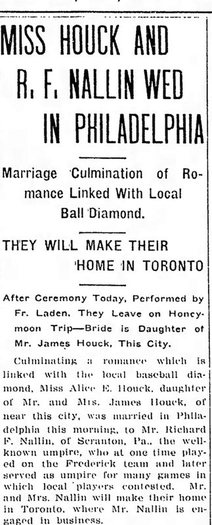 Frederick News (Oct. 3, 1912) Frederick News (Oct. 3, 1912) Dick worked the entire 1911 season in Connecticut. One major highlight came near the season’s end with a game between Hartford and New Britain. The New Britain coach heartily contested Nallin’s call on a play at first, which resulted in the coach’s ejection. A disgruntled New Britain fan proceeded to throw a rock at the umpire, narrowly missing him. The former ball player was really making a name for himself, especially with his athleticism, knowledge and confidence in upholding the rules of the game. This led to a promotion to the International League (formerly the Eastern League) for the 1912 season. One game during this campaign featured Nallin having to umpire a game between Newark and Baltimore all by himself. At the conclusion of the 1912 season, Nallin married Alice Houck. The October wedding was followed with a honeymoon in Atlantic City. The couple took up residence in Toronto, where Dick had an interesting offseason job as stage manager for the Belleville Opera House. The International League work brought Dick back to Ontario and Maryland quite regularly. Within this eight-team collective were baseball clubs from Toronto and Baltimore (Orioles). Other cities represented were Montreal, Newark, Jersey City, Providence and Buffalo. Nallin excelled at his newfound position behind the plate. After two seasons in the International League, he received the promotion of a lifetime—he would gain employment with the American League. Dick would go on to officiate games in the majors for the next 16 years, calling balls and strikes for, and against, some of the greatest to ever play the game—Babe Ruth, Walter Johnson, Lou Gehrig, Tris Speaker and Ty Cobb. Nallin rated Cobb the greatest player that he had ever seen, and had the distinct honor of serving as home plate umpire for Cobb’s final game in 1928. Among Dick Nallin’s many accomplishments is the claim that it was his idea to add more than two umpires to each officiating crew. He was the first to hold the position of third base umpire, which came in a game in 1916. Dick also called three “no-hit” games from behind the plate. Two of these were in successive games in 1917. His greatest career highlights included being picked to umpire four different World Series Championships. These included: the 1923 Series between the New York Yankees and New York Giants, the 1927 Series between the New York Yankees and Pittsburgh Pirates and the 1931 Series with the Philadelphia Athletics vs. St. Louis Cardinals. The most notable was his first in 1919, between the Cincinnati Reds and the Chicago White Sox. This latter series goes down as the most controversial in major league history, as it is known more commonly as the “Black Sox Scandal.” During the 1919 World Series, members of the Chicago White Sox (of the American League) intentionally lost the series to make money off of the Cincinnati Reds win. The fix was put on by the White Sox first baseman Chick Gandil with the help of professional gambler Joseph "Sport" Sullivan and gangster Arnold Rothstein. The situation stemmed from payment disagreements between the members of the team and its owner, Charles Comiskey. The affair led to eight members of the White Sox team being banned from baseball for life. One of these was the legendary “Shoeless” Joe Jackson, made popular to later generations through two motion pictures from the 1990’s: Eight Men Out and Field of Dreams. Nallin maintained that he and his colleagues “had no suspicion whatsoever” of any sellout in the series between the teams. After the series controversy of 1919 died down, the American League’s prominence grew in part to the celebrity attained by Babe Ruth, and the team success of the New York Yankees. Apocryphal local stories say that Nallin was off-field friends with Ruth and hosted the hall of famer in Frederick on more than one occasion. Supposedly Dick took “the Bambino” to lavish parties at the Ross Mansion on Courthouse Square. 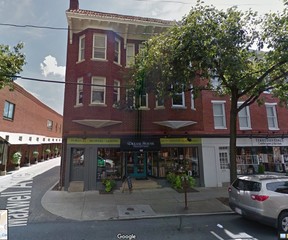 Former Nallin residence located at 102 E. Patrick St., Frederick, MD Former Nallin residence located at 102 E. Patrick St., Frederick, MD Once Dick got to the majors, the Nallins appear to have made their full-time residence in Frederick. They first resided at 102 E. Patrick Street. A later residence was 111 W. Second Street, a large townhouse the couple constructed after purchasing land from the adjacent Presbyterian Church. Dick and Alice would eventually acquire “Rich Levels” for their home. Located between Montonqua Avenue (old 7th Street) and Opossumtown Pike, many know this property today as the Nallin Farm, home to Fort Detrick’s “Caretaker’s House.” The former ballplayer turned umpire couldn’t suppress his urge for competition. He could now devote more time to an offseason hobby—show dogs. Dick and Alice had their own thoroughbred kennel for English setters. After the 1932 baseball season, Dick stepped back to the International league, where he umpired two final seasons. He called it quits in fall 1934 and retired to his 255-acre farm north of Frederick. Here, he took up his new role as full-time gentleman farmer, and engaged in raising Guernsey cattle. As Camp Detrick continued to blossom after World War II, the couple decided to move back in town. The Nallins sold “Rich Levels” to the United States Army in 1952 for $144,800. The picturesque property included their historic home, along with an adjacent bank barn and spring house. All three structures are on the National Register. Since the late 1950’s, commandants of Fort Detrick have resided in the former Nallin residence. Dick Nallin quietly lived out the last decade of his life in Frederick before passing away at Frederick Memorial Hospital on September 7th, 1956. He was 78. After a service at St. John’s Catholic Church, Dick Nallin was laid to rest in the Houck Family lot in Mount Olivet. The young man from Scranton did not have a lifetime career as an athlete. However, he made a solid living out of working alongside career athletes in a very important support role. He would be inducted into the local Frederick “Quinn Hall of Fame” in 1979. Dick’s Irish last name has received new-found recognition as it adorns a recently constructed entryway into the Fort Detrick military installation off Opossumtown Pike—known as the Nallin Farm Gate. In a way, it’s sort of fitting, as baseball umpires are gatekeepers, themselves, so to speak.
Regardless, just as its comforting to know that Francis Scott Key’s final resting place in Mount Olivet is within earshot of national anthem renditions sung next door at Frederick’s Grove Stadium, come springtime, Dick Nallin’s gravesite is no stranger to the beloved sounds of the ball diamond—the crack of the bat, the ball hitting the glove, the cheer of crowd, and best of all, the reverberating echo of an umpire yelling "Safe!" or ringing up a batter with the proverbial “Strike three, you’re out!”
4 Comments
5/6/2018 08:06:35 pm
Although no blood relation, Dick Nalin, was always " Uncle Dick" to us Geiser kids. He and our dad had gotten to be good friends through a hobie they both enjoyed. We enjoyed many trips to the farm fishing in the pond and maybe getting a glass a of lemonade from Mrs. Nalin. Quite a few times over the years he would go to D.C. to see ball games, sometimes he would bring us n
Reply
Alice Cramer Glass
10/23/2019 10:05:02 am
Alice Houck Nallin was my great aunt; my grandmother's sister. Uncle Dick was a large part of my younger years. He was a kind , generous man.
Reply
Elizabeth Nallin Furnari
8/28/2021 11:26:41 pm
Hi Ms. Glass,
Reply
Mary Nallin Omstead
4/25/2022 10:40:23 am
I would love to reach Elizabeth Nallin Furnari and any other remaining Nallin relatives. I am 1 of 2 daughters of Walter Edward Nallin (Hawley PA), brother of Linus Nallin noted above. Their father was Michael Nallin (married to Annie Lynch), who is likely another descendant of John and Bridget and a cousin to Richard (Dick)? As Elizabeth has asked, a family tree would be wonderful! Best regards and looking forward to any/all information! Mary Nallin Omstead
Reply
Leave a Reply. |
STORIES
|
Archives
July 2024
June 2024
May 2024
April 2024
March 2024
February 2024
January 2024
December 2023
November 2023
September 2023
August 2023
July 2023
June 2023
May 2023
April 2023
March 2023
February 2023
January 2023
December 2022
November 2022
October 2022
September 2022
August 2022
July 2022
June 2022
May 2022
April 2022
March 2022
February 2022
January 2022
December 2021
November 2021
October 2021
September 2021
August 2021
July 2021
June 2021
May 2021
April 2021
March 2021
February 2021
January 2021
December 2020
November 2020
October 2020
September 2020
August 2020
July 2020
June 2020
May 2020
April 2020
March 2020
February 2020
January 2020
December 2019
November 2019
October 2019
September 2019
August 2019
July 2019
June 2019
May 2019
April 2019
March 2019
February 2019
January 2019
December 2018
November 2018
October 2018
September 2018
August 2018
July 2018
June 2018
May 2018
April 2018
March 2018
February 2018
January 2018
December 2017
November 2017
October 2017
September 2017
August 2017
July 2017
June 2017
May 2017
April 2017
March 2017
February 2017
January 2017
December 2016
November 2016

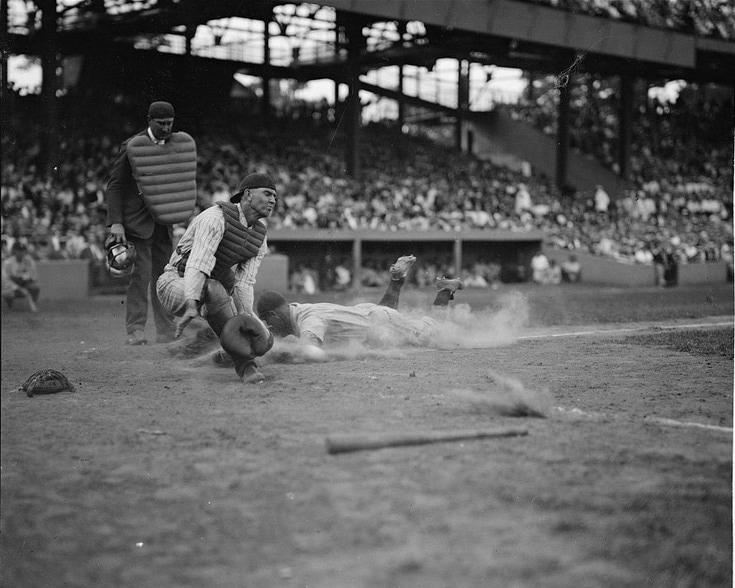
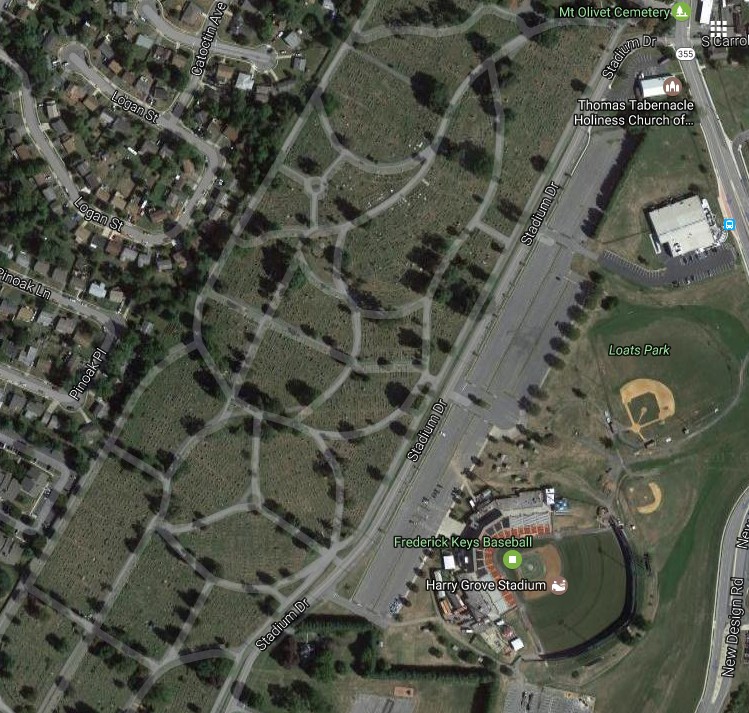
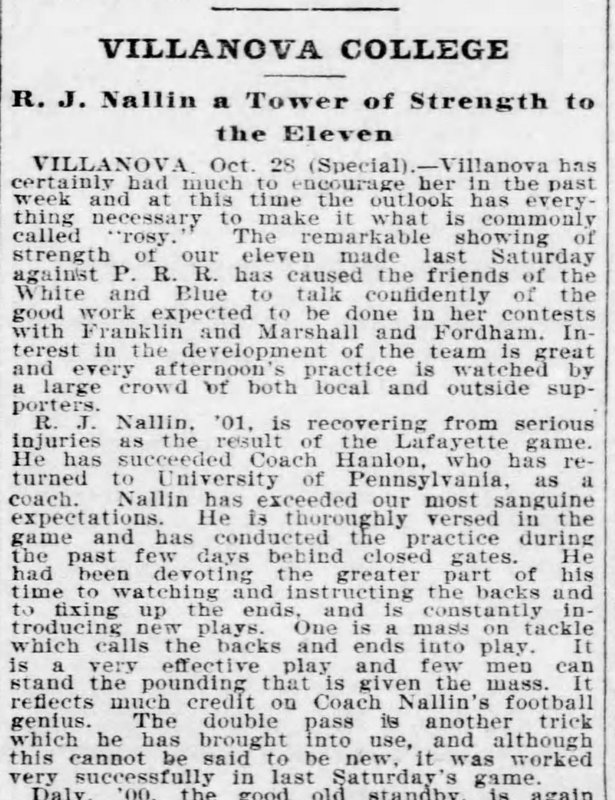
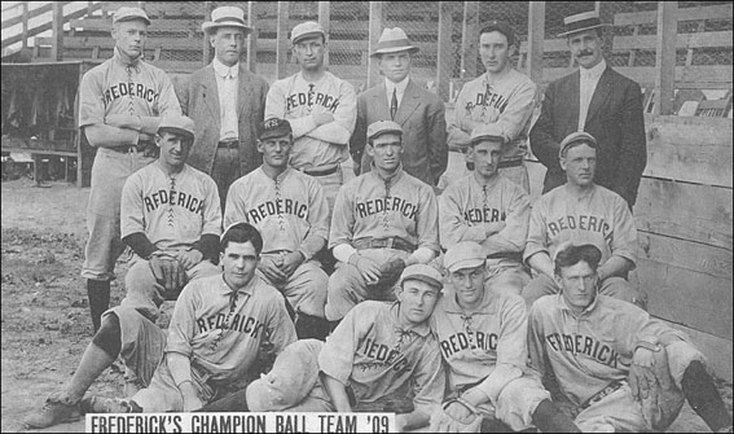
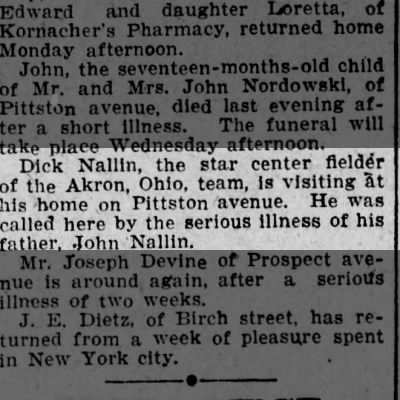
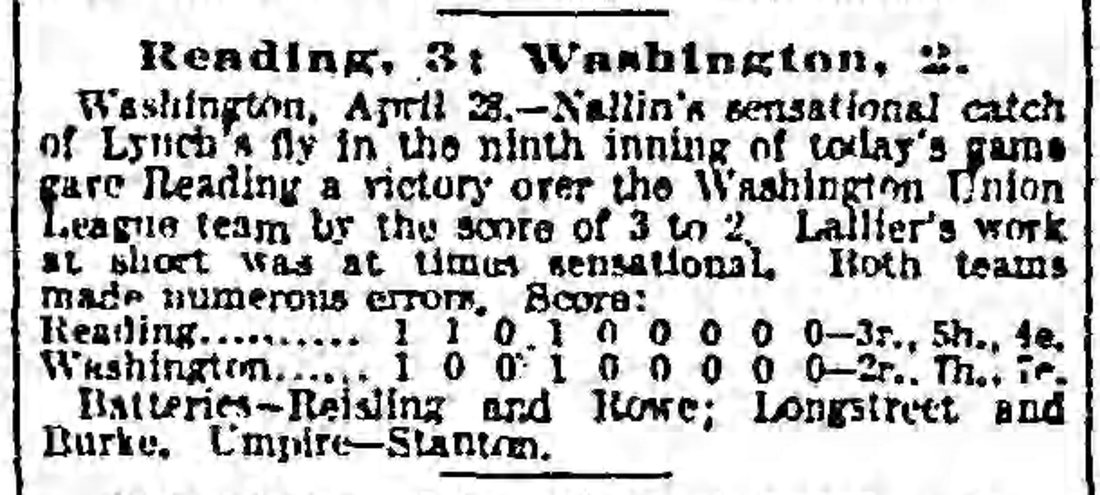
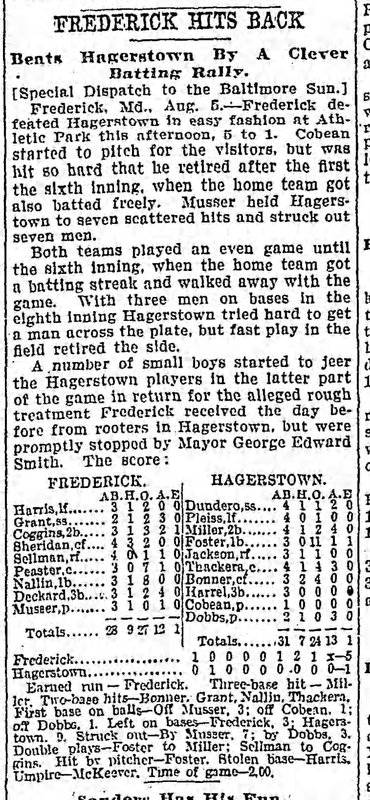
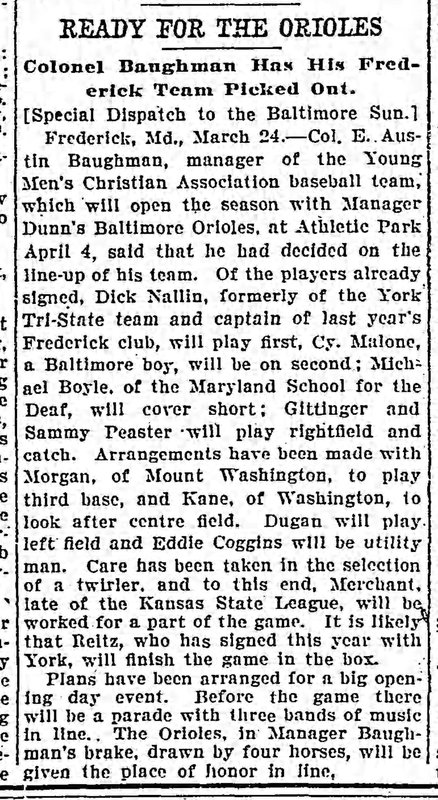
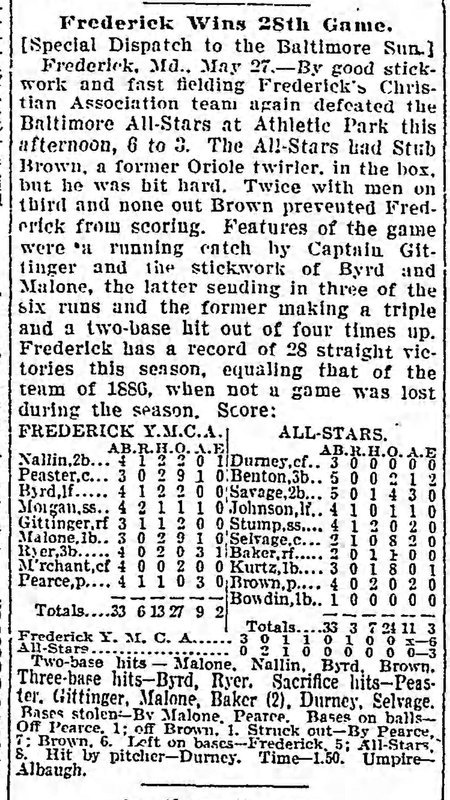
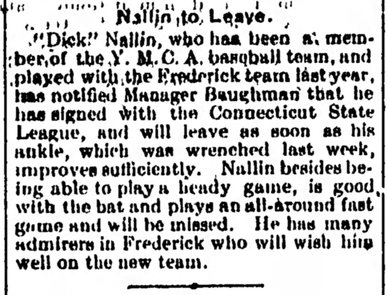
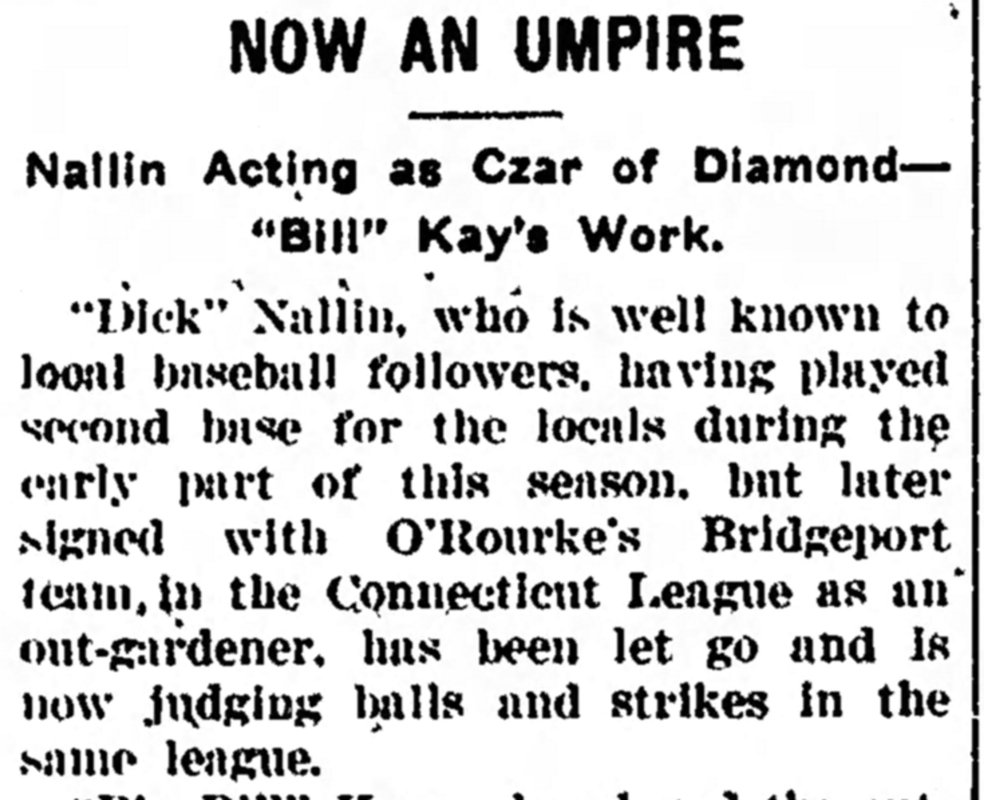
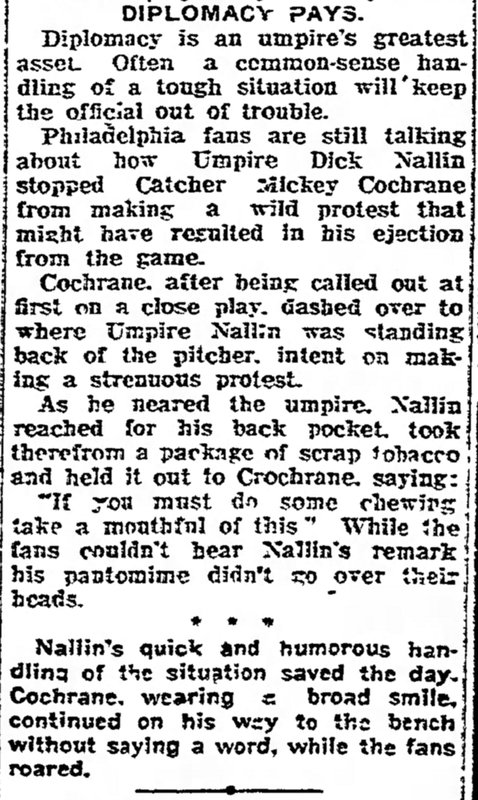
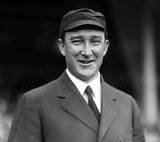
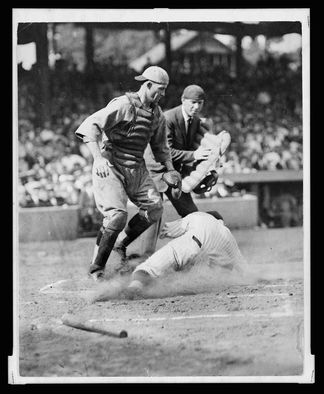
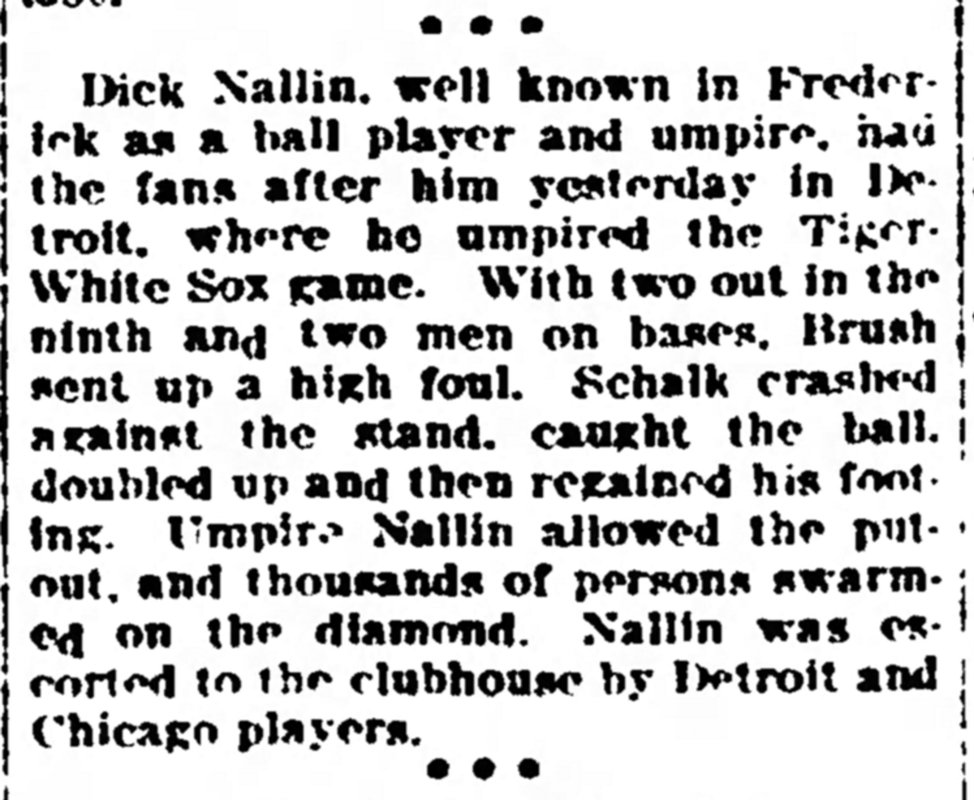
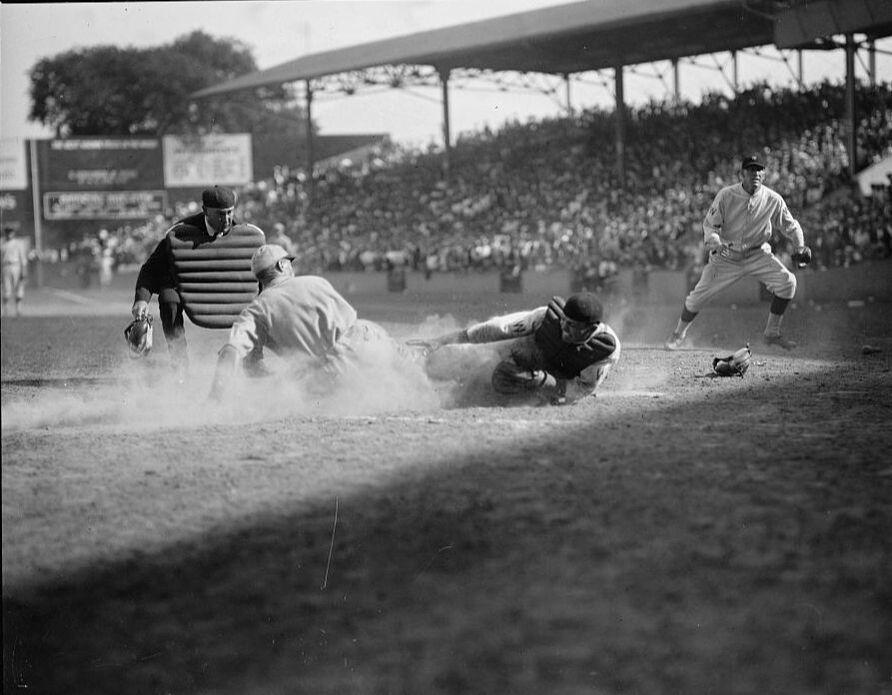
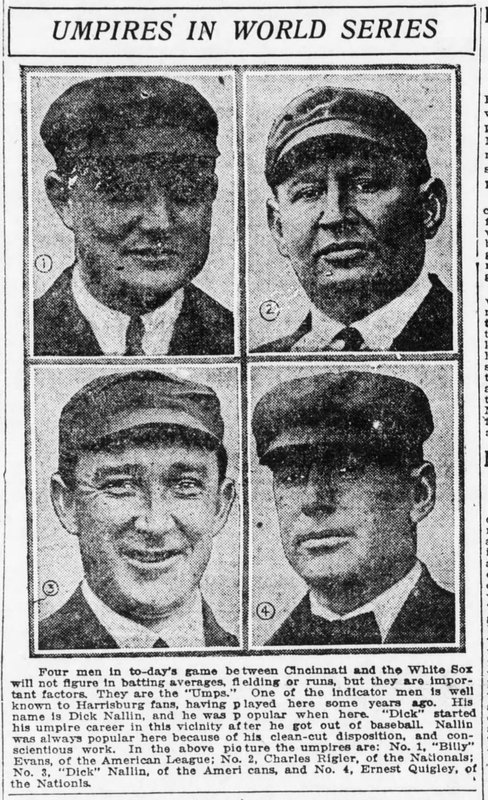
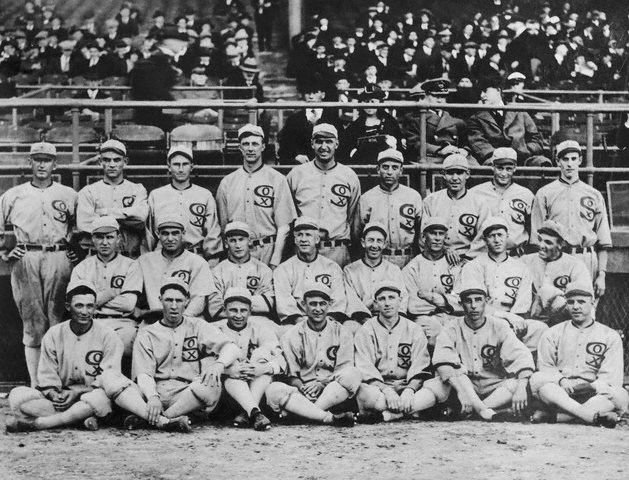
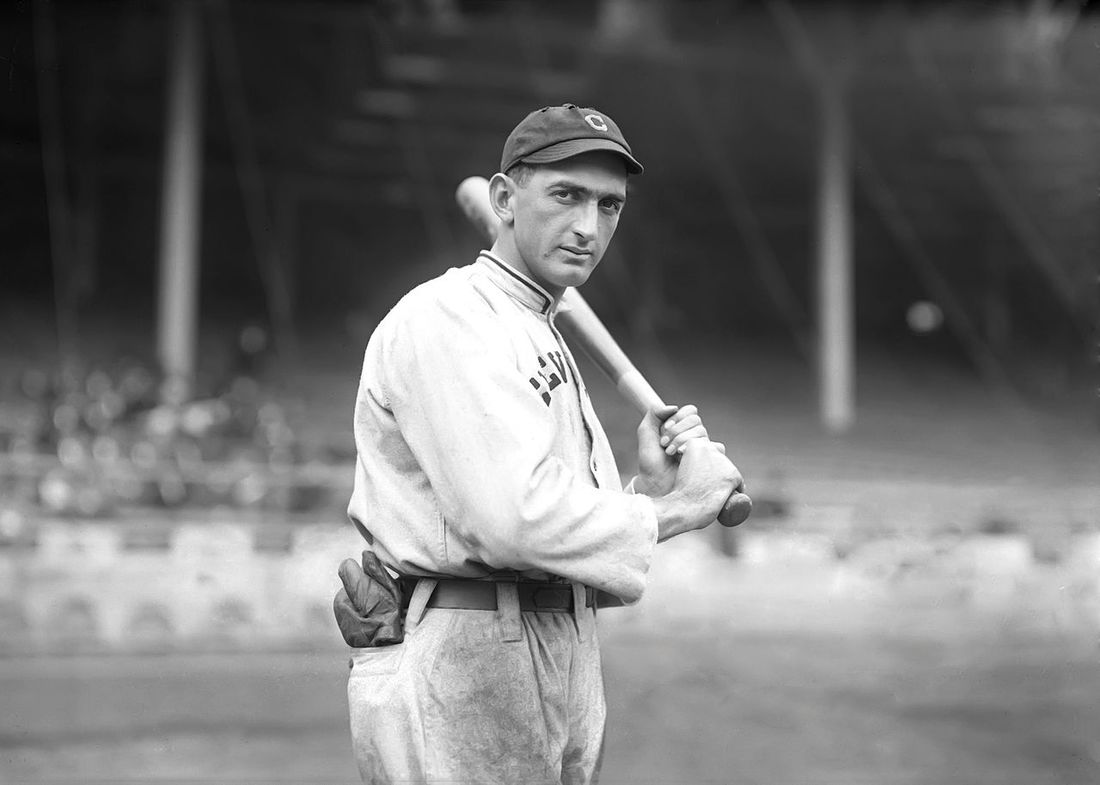
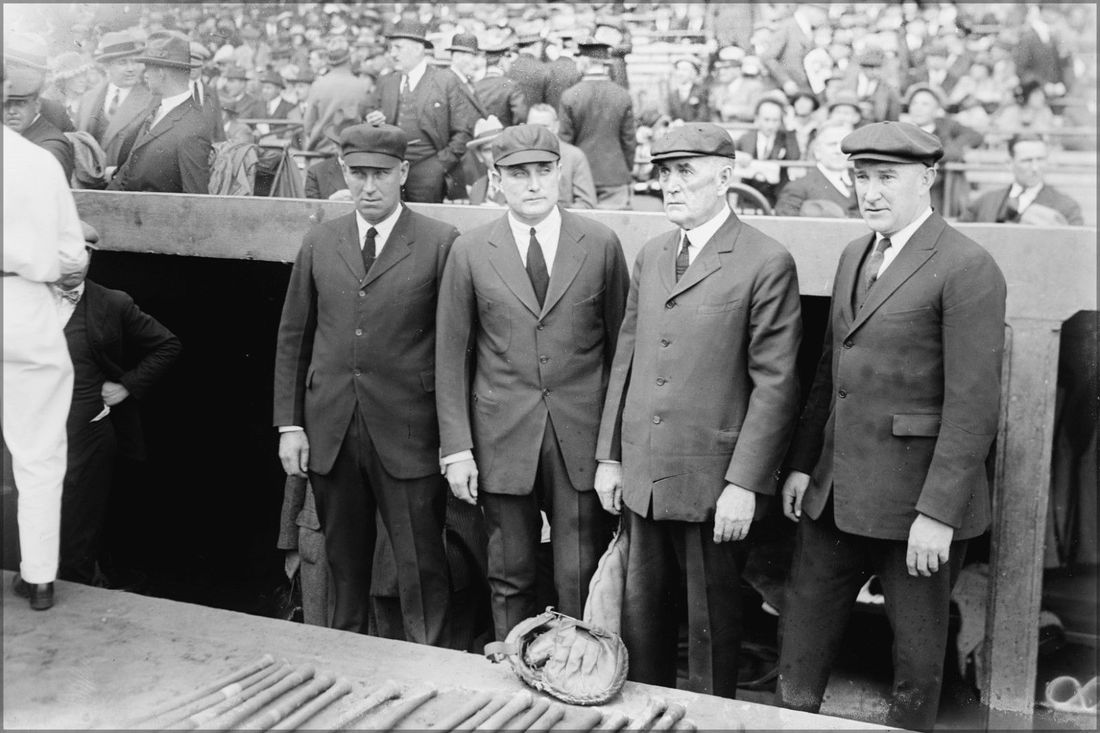
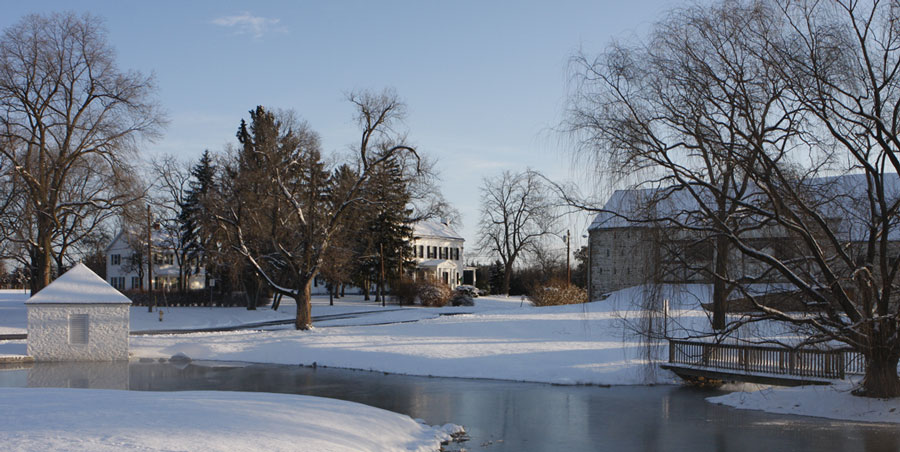
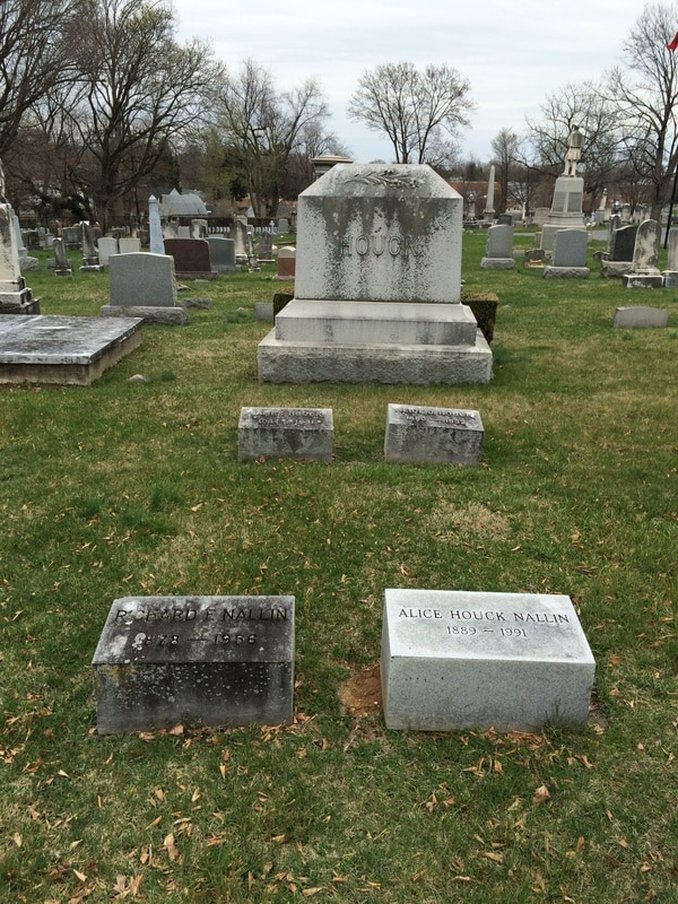
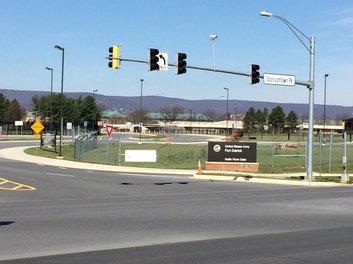
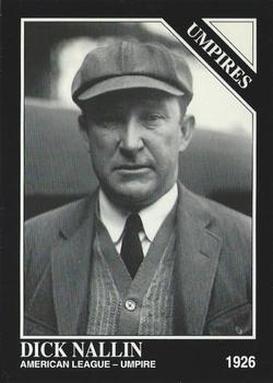

 RSS Feed
RSS Feed